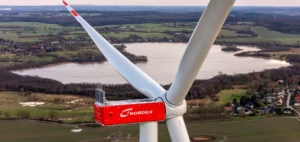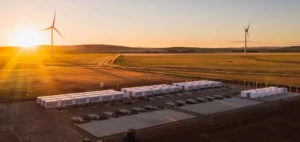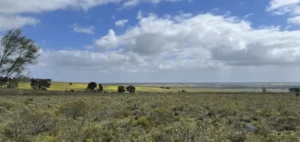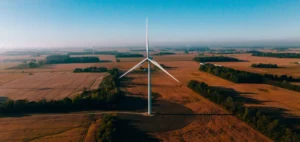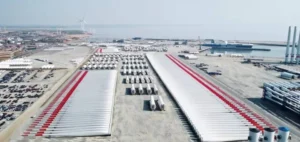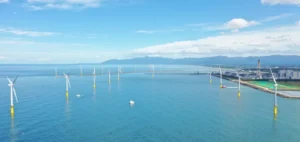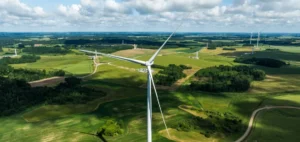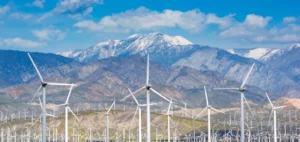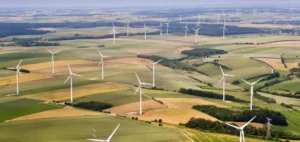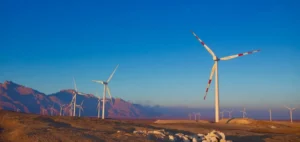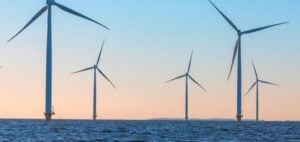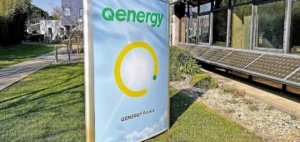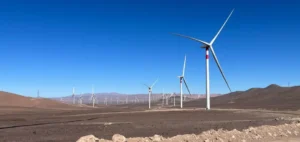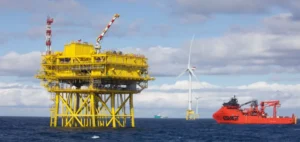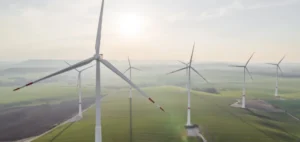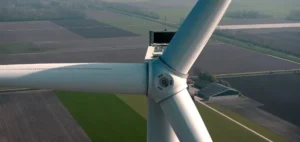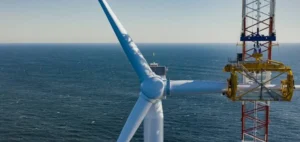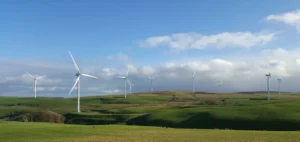RWE has concluded a series of agreements with North Star, the leading British shipowner, to strengthen maintenance of its offshore wind fleet in Europe. Two next-generation vessels, the Grampian Eagle and the Grampian Kestrel, will be chartered on twelve- and ten-year contracts respectively, with extension options, to ensure the servicing of several major wind farms.
Strategic contracts in a tight market context
The specialised maritime sector is currently facing a shortage of available capacities for offshore wind farm maintenance. The Grampian Eagle and Grampian Kestrel, both built this year, incorporate technologies allowing the use of alternative low-emission fuels, thus responding to the sector’s increasing demands for reduced operational carbon footprints.
North Star, supported by Partners Group, was selected to provide all marine services associated with these vessels. The Grampian Eagle will be dedicated for at least twelve years to operations and maintenance at the Triton Knoll wind farm off the British coast, while the Grampian Kestrel will serve for at least ten years on RWE’s German wind farms north of the island of Heligoland.
Progressive strengthening of the fleet through 2029
In addition to the two vessels already under contract, RWE has also signed reservation agreements for two new service vessels, scheduled for delivery in 2028 and 2029. Their construction was entrusted to Norwegian shipyard Vard Group, which specialises in maritime solutions for the offshore wind industry.
Pending the operational deployment of the Grampian Eagle and Grampian Kestrel, two other vessels operated by Windward Offshore will ensure the continuity of operations until the end of 2026. This transitional phase illustrates the growing collaboration between various European maritime and wind industry players to secure the ongoing operation of energy infrastructure.
European deployment and growth prospects
RWE currently operates nineteen offshore wind farms in five countries, with a total installed capacity of 6.2 gigawatts (GW), of which 3.3 GW are directly owned by the group. Four major new projects are under construction in England, Denmark, the Netherlands and Germany, with commissioning expected between 2026 and 2028 for a combined capacity of 4.8 GW.
Recent investments in the modernisation and expansion of the service vessel fleet reflect an aim to secure the reliability and performance of offshore operations over the long term. The development of new, specialised maritime capacities is expected to become a decisive factor for the competitiveness of the offshore wind sector in the coming years.



